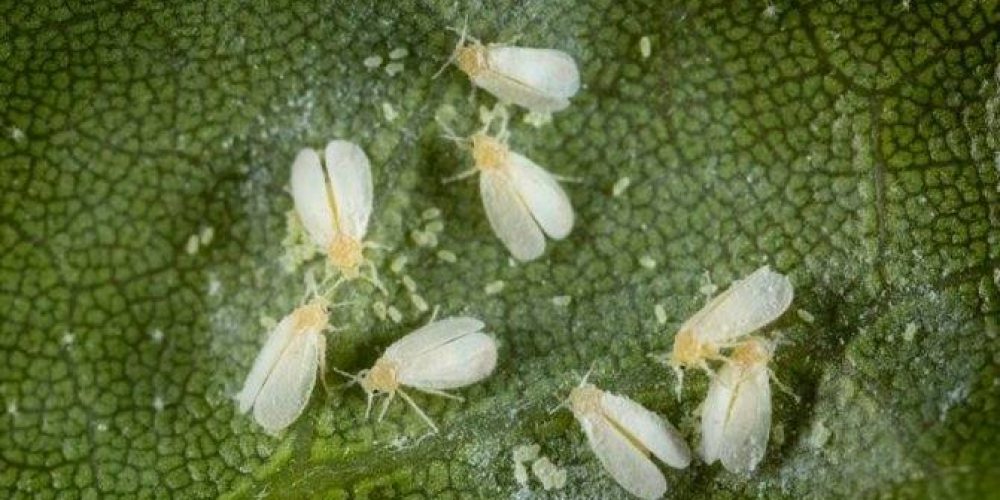Table of contents of the article
ToggleThe small cabbage fly is an insect pest that causes significant damage to cabbage plants by feeding on the plant's roots. In this article from the “WORLD OF PLANTS” website, we discuss the most important symptoms of infection and effective prevention and control methods.
Geographic distribution of the small cabbage fly
Small cabbage fly
Chortohila (= Hylemyia, Phorbia) brassicae
Diptera: Anthomyidae
The insect is widespread in Europe, the Middle East, the Mediterranean Basin, and most countries of the former Soviet Union.
Hosts of the small cabbage fly
Cabbage, cauliflower, and radishes.
Small cabbage fly damage and symptoms of infection
- The larvae attack the host's roots, creating tunnels and grooves, and can burrow into the root. The infection causes the roots to become infected with bacteria, fungi, and rot.
- As a result of infection, the plant turns grey, then becomes brown, and then dies.
Morphological description of the small cabbage fly
– The adult insect is a small fly 6-7 mm long. On the first chest there are three dark gray bars. Each ventral ring bears a black line, and the thigh of the hind legs bears an internal spine. The larvae are white in color and have 3 instars. The length of the fully-developed larvae is 8 mm, and it has no head or legs. The pupa is barrel-shaped, yellow or light brown, 5-6 mm long.
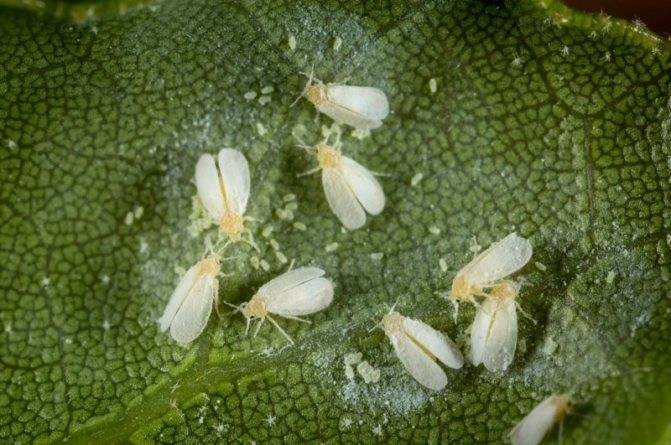
Life cycle of the small cabbage fly
- The insect spends the winter in the pupal stage in the soil.
- Adults appear in the spring, and after mating, the fertilized female behaves as a group egg-layer and lays (5-6 eggs) in a group. The duration of embryonic development is 4-5 days.
- The duration of larval development is 2-3 weeks.
- The insect spends the winter in the pupal stage in the soil.
- Adults appear in the spring, and after mating, the fertilized female behaves as a group egg-layer and lays (5-6 eggs) in a group. The duration of embryonic development is 4-5 days.
- The duration of larval development is 2-3 weeks.
- Adults appear in the spring, and after mating, the fertilized female behaves as a group egg-layer and lays (5-6 eggs) in a group. The duration of embryonic development is 4-5 days.
Control of the small cabbage fly
- Uproot and burn infected plants.
- Uproot plants at the end of the season and burn them.
- Plowing the land deeply to eliminate virgins.
- Use soil pesticides (Fiordane) or systemic pesticides to eliminate the larvae.
Symptoms of small cabbage fly disease
Unlike many other pests, the whitefly easily betrays itself. To find it, you have to
Just touch the cabbage leaves, and then you will see a whole bunch of white dots literally in a second. If you look under the leaves of a plant, then, with a high probability, you will find many capsules there – these are larvae that have just passed the first stage of their development.
Besides, the appearance of the pest is also evidenced by the product of its vital activity that appears on the cabbage in the form of a white flower. A little later, dark spots begin to appear on the plant – this indicates the appearance and development of the fungus.
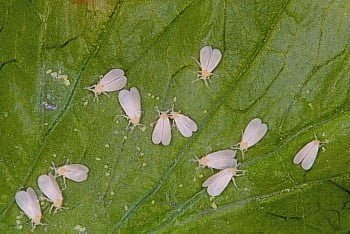
The reason for the danger of the small cabbage fly
An adult whitefly is able to completely destroy the plant. Not only does the butterfly eat it, but it can also infect it with various diseases, including chlorosis, leaf deformity, and others. The butterfly carries all these diseases on its paws.
After the plant becomes infected, it can weaken, its growth will deteriorate significantly, and as a result, if you do not take any action, it will die.
In addition, the butterfly actively feeds on plant juices, thus obtaining the necessary nutrients for itself. Moreover, it feeds on both greenhouse crops and those growing in the ground.
The larvae of this insect also pose a great danger to the plant and its development, due to its voraciousness
Chemical measures for the small cabbage fly
If you poison the pests with chemicals, the result can be seen quickly. Simply spraying the plants is enough to eliminate at least some of the parasites. However, it should be borne in mind that treatment with such drugs can scare away and remove not only pests, but also beneficial insects, and if used incorrectly, it can also harm the person himself.
However, the effectiveness of these funds is high. Summer residents allocate special funds such as “Aktara”, “Confidor”, “Akarin”, “Agravertin”, “Iskra”, “Aktalik” and others.
Most likely, you will have to spray the plants with these preparations more than once in order to definitely save them from pests. When using them, we strongly recommend that you follow the safety rules. Treat only with glasses, gloves, mask and gown, and after finishing wash your hands well.
Folk remedies for the small cabbage fly
It is not necessary to use chemicals with a high level of toxicity. Homemade folk remedies can also be used against pests.
1. Ammonia
To make this solution, you will need 1 tablespoon of non-concentrated ammonia and 9 liters of water. All this must be mixed well, after which the solution is ready for use. Its strong scent will definitely scare away pests. Please note that you need to prepare the solution in a respirator, and it is recommended to use it only in outdoor conditions, that is, in a greenhouse and in a garden; Not recommended for use indoors.
2. Turpentine
This treatment is considered the most effective ever. It fights the cabbage pest due to its sharp odor and some features that cause damage to the protective layer on the butterfly's body.
To obtain the solution you will need 0.5-1.5 liters of turpentine. Its amount directly depends on your condition. If the plants contain a large amount of whitefly, it is recommended to take the maximum of this agent, if you want to carry out prevention, the minimum will be enough. The medium, i.e. 1 liter, is best for plants with thin leaves.
Turpentine should be diluted with 10 liters of water, after which 50-150 grams of grated soap should be added to the liquid, depending on the amount of turpentine. Next, add 1.5 tablespoons of 25% ammonia solution. The solution is ready for use.
Preventive measures for the small cabbage fly
- In order to fully protect your plantings, it is not recommended to neglect preventive measures.
- Initially, it is necessary to provide complete care for the plants. Check its leaves to prevent early insect and disease proliferation. Weeding and fertilizing the plant regularly to strengthen it and make it more resistant to attacks by various pests.
- When planting cabbage, try to maintain the distance between plantings. This must be done in order to provide the plants with good air ventilation and the possibility of controlling the humidity level.
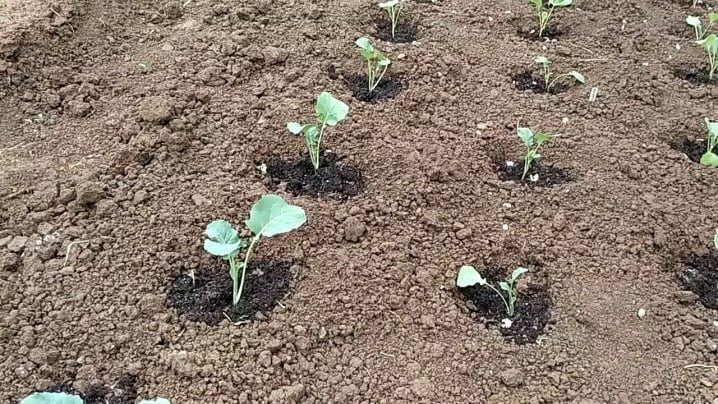
- Crop residue should not be left after harvesting in the fall. Larvae can remain on them, which is fraught with the subsequent appearance of new pests in large numbers.
- For prevention, you can also plant plants with a strong smell near cabbage. For example, sage, mint, dill or garlic.
- Caring for cultivated plants is troublesome and expensive in terms of time and effort. However, with all these measures, your efforts will pay off with a good and rich harvest
In conclusion, we would like to note that we, at the world of plants website, offer you all the necessary services in the world of plants, we provide all farmers and those interested in plants with three main services::-
- Artificial intelligence consulting service to help you identify diseases that affect plants and how to deal with them.
- Blog about plants, plant diseases and care of various crops ... You are currently browsing one of her articles right now.
- An application that provides agricultural consultations to clients, as well as a service for imaging diseases and knowing their treatment for free – Click to download the Android version from Google Play Store، Click to download the IOS version from the Apple App Store.
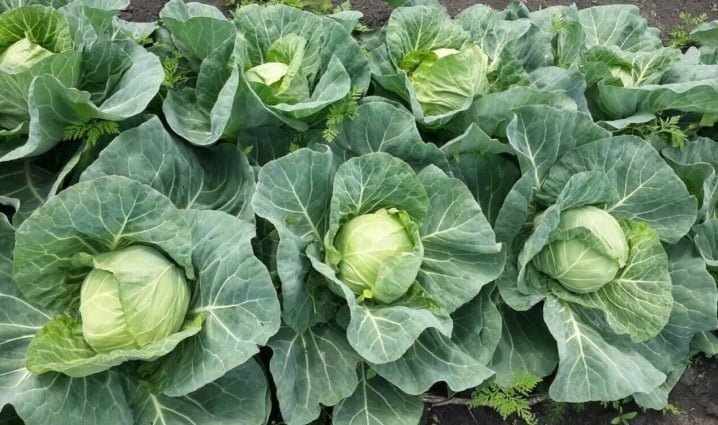
References
- Mustafa Al-Shehabi (2003). Ahmed Shafiq Al-Khatib (editor). Al-Shehabi Dictionary of Agricultural Science Terms (in Arabic, English, and Latin) (5th ed.). Beirut: Lebanon Library Publishers. p. 98. ISBN:978-9953-10-550-5. OCLC:1158683669. QID:Q115858366.
- Jump up to: A B Edward Ghalib (1988). Encyclopedia of Natural Sciences (in Arabic, Latin, German, French, and English) (2nd ed.). Beirut: Dar Al-Mashreq. p. 616. ISBN:978-2-7214-2148-7. OCLC:44585590. OL:12529883M. QID:Q113297966.
- Marks, David. “Cabbage root fly”. Garden Action. Archived from the original on June 18, 2018. Check it out




